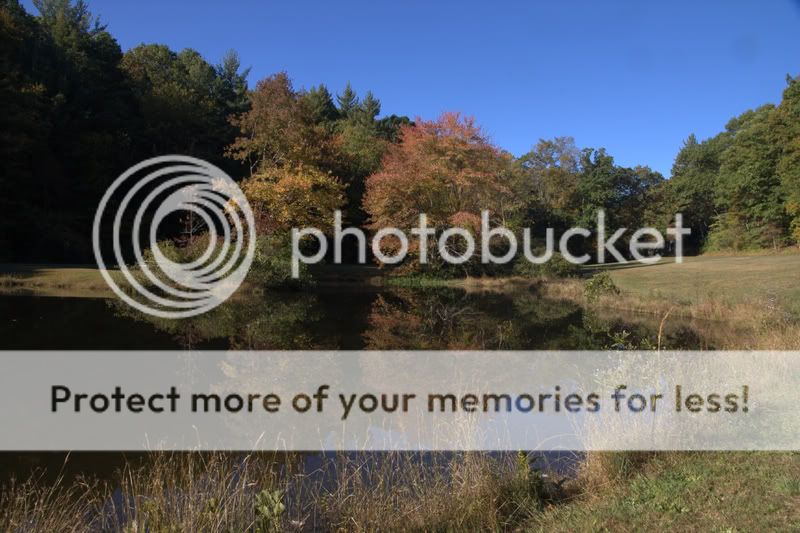 Originally posted by runjmb
Originally posted by runjmb 
I shot these with auto white balance. I also metered the scene off of the palm of my hand (set it to +1 stop). I probably should have metered off the grass in front of me, but I was lazy.
Are there any resources about how I should set the contrast, saturation, sharpness, and white balance functions with changing lighting conditions? Its hard to tell by looking at the viewscreen if you got it right with the different functions.
Thanks!
Joe
I'm sure somewhere there are lots of books on how to set this up, but you might want to try doing some test shot on your own, just to see what happens.
You could for example, take a reasonably high contrast sunny day scene like you have and modify in a set of shots, the contrast from max to min, saturation from max to min, change white balance, either through each setting or through the range of color temperatures, etc. Do the same set of shots for each different lighting condition high overcase, dull grey sky, rain, morning / evening sunlight ......., and learn for your self.
The reason I suggest this is twofold, first electrons are free (relitively) and second, you will be able to see for yourself what the changes do on your camera. If you read a book, you will get the principles, but still need to see how they relate to your camera.
I am always in favor of trying yourself first.


 Similar Threads
Similar Threads 























